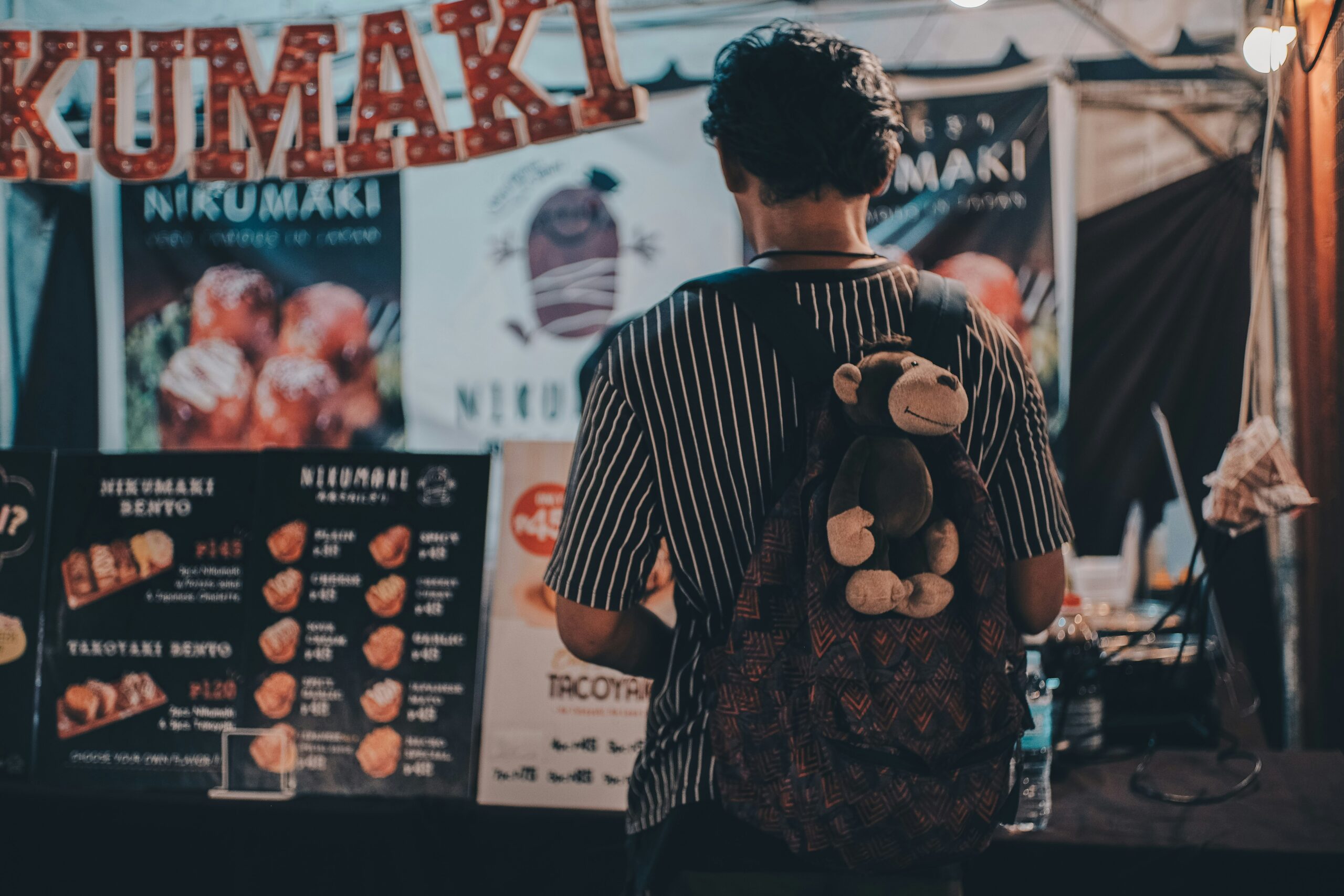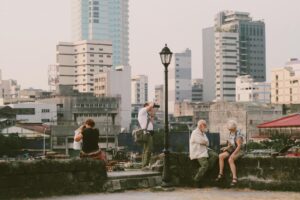Must-Visit Destinations
Exploring the Philippines offers a diverse range of breathtaking destinations for travelers. Each location presents unique experiences that are sure to create lasting memories.
Siargao: The Surfer’s Paradise
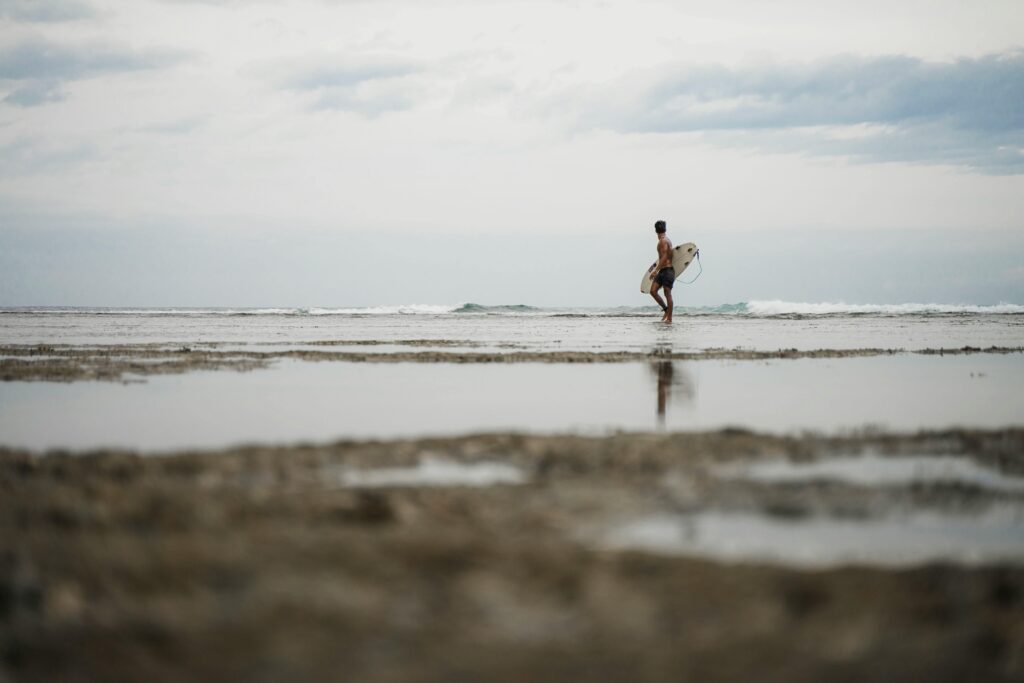
Siargao is renowned for its surfing, particularly Cloud 9, which attracts enthusiasts from around the world. The island features stunning white sandy beaches, perfect for sunbathing, alongside activities such as cave trekking, snorkeling, and deep-sea diving. With inland waterfalls and lagoons, Siargao is more than just a surfing hotspot; it is a tropical paradise (Thrillophilia).
| Activity | Description |
|---|---|
| Surfing | Best waves at Cloud 9 |
| Snorkeling | Explore vibrant underwater ecosystems |
| Cave Trekking | Adventure through hidden caves |
Coron Island: A Diver’s Delight
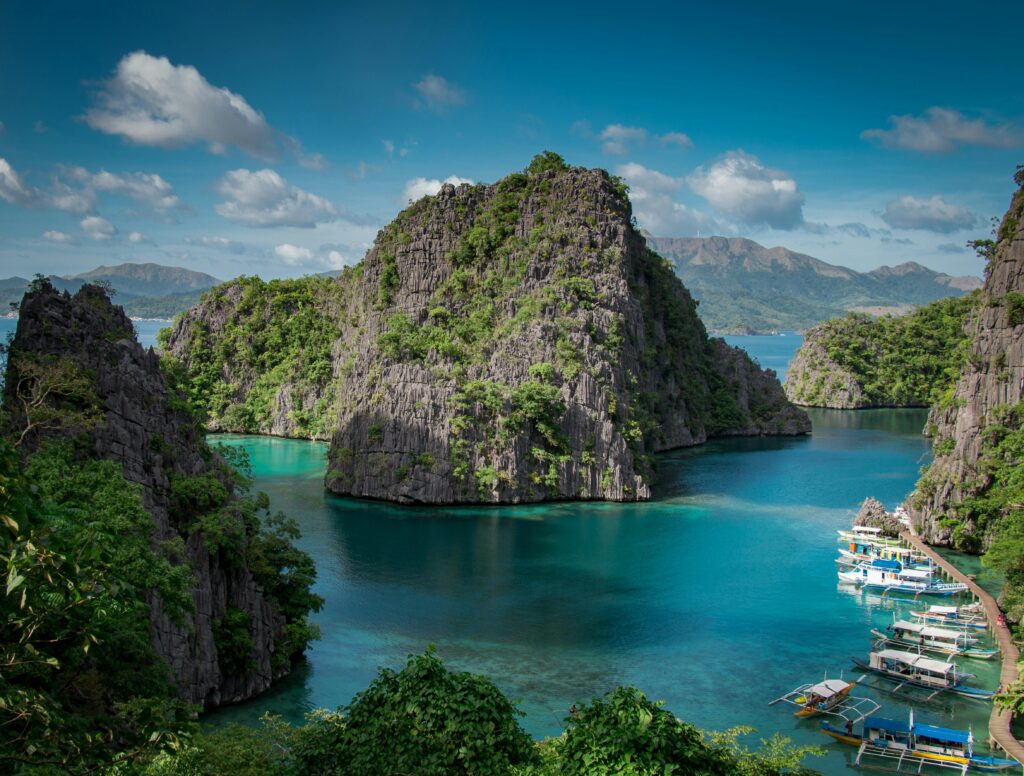
Coron Island is famous for its scuba diving and snorkeling opportunities, particularly among its exquisite coral reefs. The island’s limestone peaks and hidden caves offer adventurous explorations, while shipwrecks dating over a hundred years add a historical touch (Thrillophilia). Water sports enthusiasts will find plenty of ways to enjoy the underwater beauty.
| Feature | Highlights |
|---|---|
| Coral Reefs | Vibrant marine life |
| Shipwrecks | Historical dive sites |
| Limestone Peaks | Scenic views |
Tagaytay: Scenic Serenity
Tagaytay is known for its cool weather and picturesque views, especially of Taal Volcano and Taal Lake. Visitors can relish outdoor activities and attractions such as the Ayala Greenfield Golf Course and Picnic Grove, making it an ideal retreat close to Metro Manila (Thrillophilia).
| Attraction | Details |
|---|---|
| Taal Volcano | Active volcano offering stunning vistas |
| Picnic Grove | Great place for picnicking with family |
| Golf Course | Beautiful green views |
Cebu: Blend of History and Nature
Cebu is rich in history, featuring landmarks such as Yap-Sandiego Ancestral House, Fort San Pedro, and Magellan’s Cross. This province offers a delightful mix of cultural experiences and natural attractions, including stunning beaches and exhilarating diving spots (Thrillophilia).
| Historic Site | Significance |
|---|---|
| Fort San Pedro | Oldest and smallest fort in the Philippines |
| Magellan’s Cross | A symbol of Christianity in the country |
| Beaches | Pristine shores for relaxation |
El Nido: Nature’s Wonderland
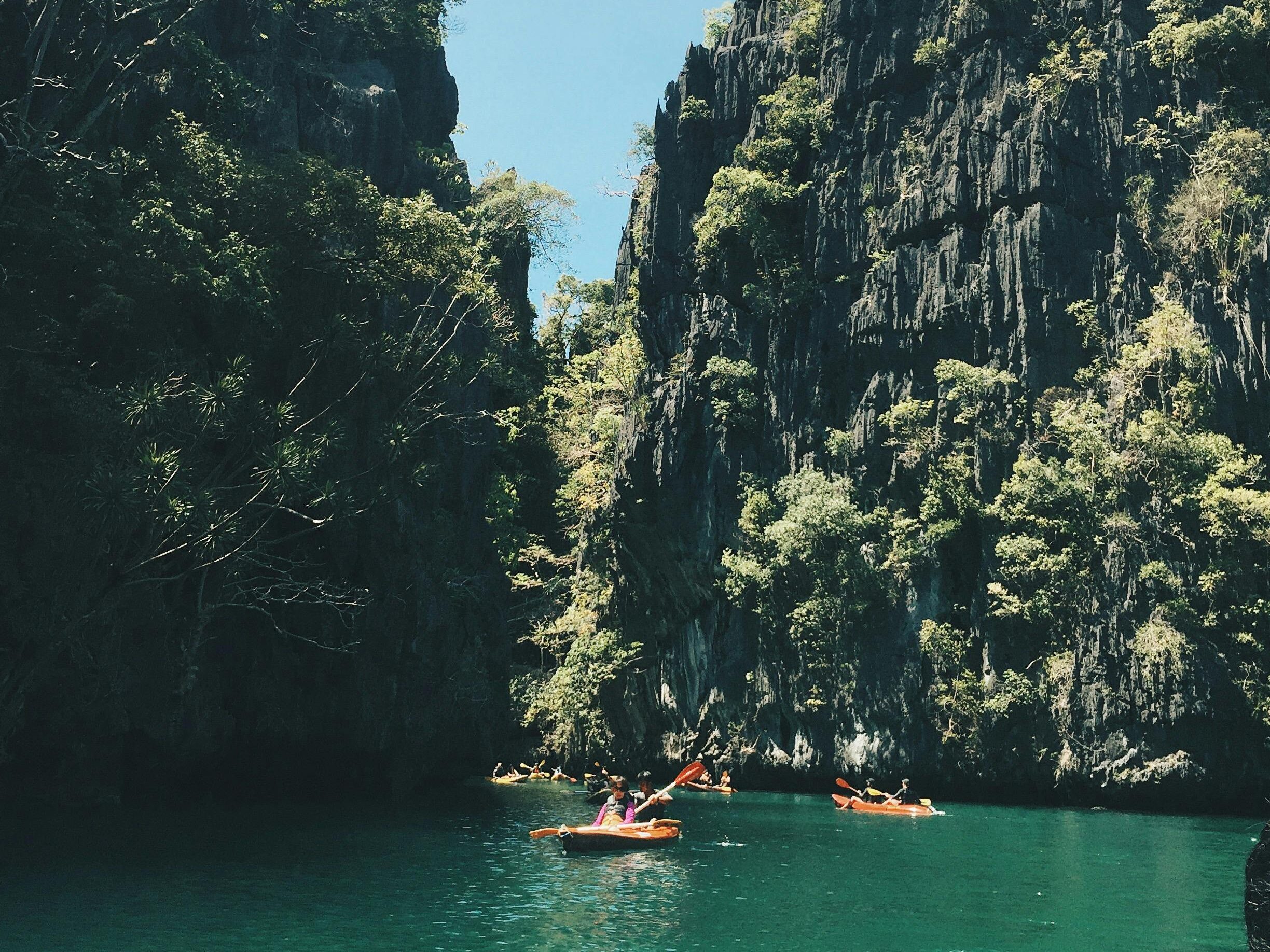
El Nido is celebrated for its striking landscapes and natural wonders. With attractions like Secret Lagoon, Snake Island, and Seven Commando Beach, it showcases idyllic white sandy beaches, crystal-clear waters, and towering limestone cliffs. Adventure seekers and nature lovers will find themselves in awe of this picturesque region.
| Attraction | Description |
|---|---|
| Secret Lagoon | Hidden gem, peaceful retreat |
| Seven Commando Beach | Ideal spot for sunbathing and swimming |
| Limestone Cliffs | Perfect for photography lovers |
Banaue Rice Terraces: UNESCO Gem
The Banaue Rice Terraces, often referred to as the “Eighth Wonder of the World,” showcase the stunning landscape of terraced rice fields carved into the mountains by the Ifugao people. This UNESCO World Heritage Site offers not only breathtaking views but also an opportunity to learn about the traditional agricultural practices that have sustained the local community for centuries.
| Feature | Highlights |
|---|---|
| Terraced Fields | Stunning agricultural engineering |
| Local Culture | Insight into Ifugao traditions |
| Scenic Views | Perfect for photography and nature lovers |
Each of these destinations offers a unique blend of adventure, relaxation, and cultural experiences. For those looking to explore the best beaches in the philippines or discover more about luxury resorts in the philippines, these must-visit places are sure to enhance their travel experience.
Travel Tips and Customs
Understanding travel tips and local customs is essential for a smooth journey in the Philippines. This section outlines important visa information, cultural etiquette, and the optimal time to visit.
Visa Information for Travelers
For travelers from countries with which the Philippines maintains diplomatic relations, such as the United States, the entry is typically visa-free for up to 30 days. If they wish to extend their stay, applying for a visa prior to traveling is necessary (Philippine Embassy DC).
Balikbayans, or former Filipinos, can enter without a visa and stay for up to one year, provided they possess a passport valid for at least six months beyond their intended stay and proof of former Philippine citizenship. Foreign spouses and children accompanying Balikbayans are also eligible for this privilege. It’s crucial to note that visa approval does not guarantee automatic entry into the Philippines; final entry decisions are made by immigration authorities upon arrival.
| Visa Type | Duration | Requirements |
|---|---|---|
| Visa-free entry | Up to 30 days | Valid passport |
| Balikbayan | Up to 1 year | Proof of former citizenship, valid passport |
| Visa application | Varies | Depends on visa type and purpose |
Local Customs and Etiquette
Understanding local customs can enhance the travel experience in the Philippines. A few key customs include:
- Removing shoes when entering a home. It is common to find guest slippers available for use. Bringing shoes indoors is often seen as disrespectful and unclean (BuzzFeed).
- Accepting food when offered is customary. Turning down food may lead to being seen as impolite and might result in the host not inviting you again.
Being aware of these social norms can make a positive impression on locals and foster more meaningful interactions.
Best Time to Visit the Philippines
The best time to explore the Philippines is during the dry season, which typically spans from January to April. This period offers warm temperatures without the oppressive humidity of the summer months. Traveling during this time allows tourists to enjoy clear skies and perfect weather conditions for sightseeing and outdoor activities, as heavy rainfall is common during the summer (Bamboo Travel).
| Month | Weather Conditions | Recommendation |
|---|---|---|
| January | Dry, pleasant | Ideal for travel and exploration |
| February | Warm, dry | Great for outdoor activities |
| March | Warm, pleasant | Excellent for visiting beaches |
| April | Hot, dry | Best for island hopping |
Understanding these essential travel tips and customs will enhance the travel experience in the Philippines. For more information on the best places to visit, check out our articles on must-visit places in the Philippines and top tourist spots in the Philippines.
Safety and Security
When visiting the Philippines, understanding safety and security measures is essential for a smooth travel experience. Knowledge of travel advisories, safe transportation practices, and currency regulations can greatly enhance one’s trip.
Travel Advisory Alerts
The Philippines is classified as Level 2: Exercise Increased Caution due to various concerns including crime, terrorism, civil unrest, and kidnapping. Travelers should remain vigilant, particularly in certain areas. The Sulu Archipelago and Sulu Sea are issued a Level 4 advisory: Do Not Travel due to historical incidents of kidnappings and attacks targeting foreign nationals (Travel.State.Gov).
Additionally, areas like Marawi City in Mindanao are also designated as Level 4 due to ongoing security issues. It’s crucial for travelers to stay informed about these advisories and plan accordingly.
| Travel Area | Advisory Level | Notes |
|---|---|---|
| Philippines | Level 2 | Exercise Increased Caution |
| Sulu Archipelago | Level 4 | Do Not Travel; risk of kidnapping |
| Marawi City | Level 4 | Do Not Travel; ongoing clashes |
Safe Transportation Practices
For transportation, the U.S. Department of State recommends using taxis or ride-sharing applications as these methods are considered the safest forms of public transport in the Philippines. It is advisable to avoid public transportation systems like buses and jeepneys, especially during late hours.
When traveling by taxi, look for vehicles with visible identification and use ride-sharing apps where possible. This ensures better tracking and safety records.
| Transportation Method | Safety Level |
|---|---|
| Taxis | Moderate |
| Ride-sharing Apps | High |
| Public Buses & Jeepneys | Low |
Currency and Customs Regulations
When it comes to currency, travelers should note that it is illegal to bring in or out Philippine Pesos exceeding ₱10,000 without prior authorization. Any violations may result in penalties or seizure of funds (Philippine Embassy).
Travelers are encouraged to use international credit cards for ease of transactions, as they are widely accepted. It’s best to inform your bank of your travel plans to avoid any issues with card usage while abroad.
| Currency Regulations | Rules |
|---|---|
| Maximum Allowable Pesos | ₱10,000 without authorization |
| Preferred Payment Methods | Credit and Debit Cards |
By keeping these safety and security tips in mind, travelers can enjoy their journey through the stunning islands of the Philippines with greater peace of mind. For more insights, explore the best beaches in the philippines or discover luxury resorts in the philippines to make the most of their travels.


